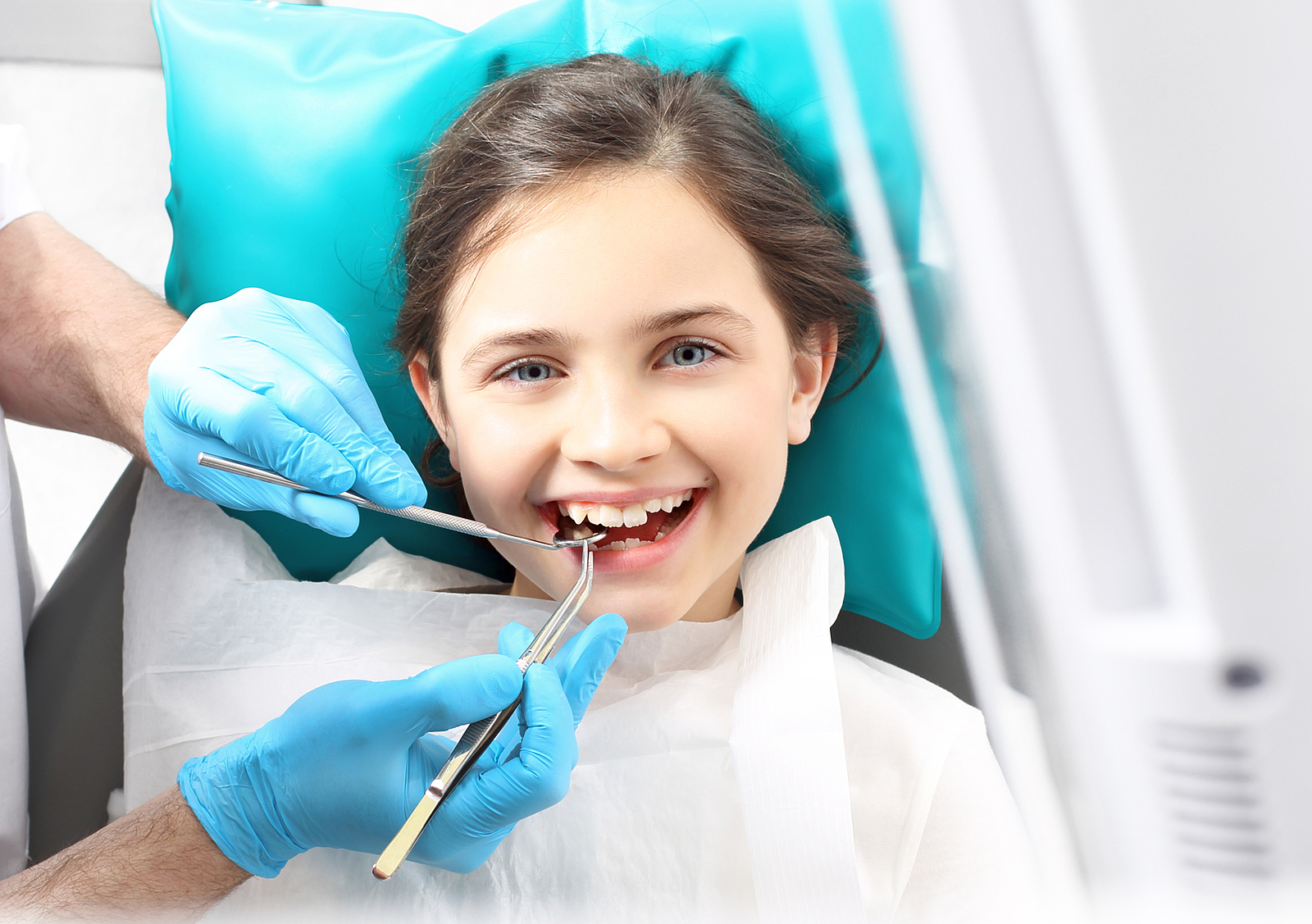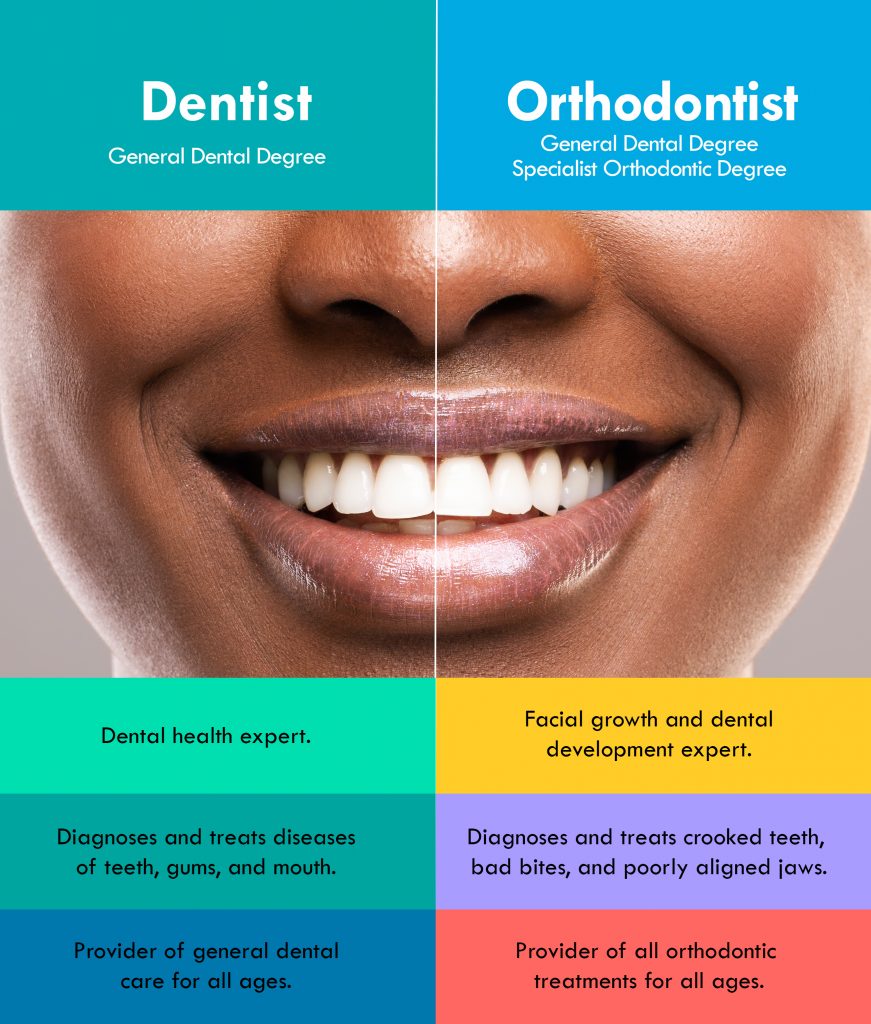The Main Principles Of Legacy Orthodontics
The Main Principles Of Legacy Orthodontics
Blog Article
Unknown Facts About Legacy Orthodontics
Table of Contents4 Simple Techniques For Legacy OrthodonticsLittle Known Questions About Legacy Orthodontics.Legacy Orthodontics Can Be Fun For EveryoneNot known Factual Statements About Legacy Orthodontics Indicators on Legacy Orthodontics You Need To Know
At Advanced Orthodontics, we give clients with a all natural therapy experience. In enhancement, we provide flexible treatment routines, adaptable settlement options and an enjoyable, pleasurable experience. leesburg clear braces. Telephone call ( 480) 357-4900 today for even more details and routine an appointment.An orthodontist is a dental professional educated to identify, avoid, and deal with teeth and jaw abnormalities. Orthodontists function with individuals of all ages, from children to adults.
Malocclusion, or misaligned teeth, can lead to oral issues, including tooth decay, gum tissue illness, and tough or painful chewing. However not every person is birthed with straight teeth. If you have a negative bite or large spaces in between your teeth, you may wish to get in touch with a dental professional specializing in orthodontic treatment.
The Main Principles Of Legacy Orthodontics
( Picture Credit History: DigitalVision/Getty Images) Orthodontists utilize repaired and removable dental devices, like braces, retainers, and bands, to transform the placement of teeth in your mouth. Orthodontic treatment is for dental problems, consisting of: Misaligned teethBite troubles, like an overbite or an underbiteCrowded teeth or teeth that are also much apartJaw misalignmentThe goal of orthodontic therapy is to boost your bite.
While you could assume of orthodontists as primarily for kids or teenagers that require dental braces, they can correct oral issues at any type of age. Orthodontists go to college, oral school, and orthodontic institution.
All orthodontists are dental experts, however not all dentists are orthodontists. Orthodontic residency programs offer intensive, focused instruction for oral professionals. They concentrate on 2 locations: Exactly how to effectively and securely move teeth How to effectively assist advancement in the teeth, jaw, and faceOnce an orthodontist has finished training, they have the alternative to end up being board accredited.
9 Easy Facts About Legacy Orthodontics Explained
Malocclusion leads to tooth congestion, a misshapen jaw, or uneven bite patterns. Malocclusion is normally treated with: Your orthodontist affixes steel, ceramic, or plastic square bonds to your teeth.
If you have only minor malocclusion, you may have the ability to make use of clear braces, called aligners, rather of typical braces (http://peterjackson.mee.nu/where_i_work#c2386). Some individuals need a headgear to aid relocate teeth right into line with stress from outside the mouth. After braces or aligners, you'll need to wear a retainer. A retainer is a personalized device that keeps your teeth in position.
They're most often utilized on youngsters. They can create extra area in the mouth without needing to pull teeth. If you have a major underbite or overbite, you may require orthognathic surgical procedure (also called orthodontic surgical treatment) to extend or reduce your jaw. Orthodontists use cables, medical screws, or plates to sustain your jaw bone.
You might require to see an orthodontist if you have: Crowding or not enough room for all of your teethOverbite, when your upper teeth come over your base teethUnderbite, when your bottom teeth are too far forwardSpacing or issues with gapsCrossbite, which is when your top teeth fit behind your base teeth when your mouth is closedOpen bite or an upright gap between your front base and top teethMisplaced midline, when the center of your bottom and upper teeth do not line up Fixing an oral malocclusion can: Make attacking, chewing, and talking easierImprove the symmetry of our face and your overall appearanceEase discomfort from temporomandibular joint problemsDifferent your teeth and make them less complicated to clean up, helping avoid tooth degeneration or tooth cavities It's typically a dentist that initially notices misaligned teeth throughout a routine exam.
An Unbiased View of Legacy Orthodontics

Throughout your initial orthodontic consultation, you'll likely have: An oral examPhotos taken of your face and smileDental X-raysPanoramic (360 degree) X-rays of your face and headImpressions to produce molds of your teethThese examinations will certainly aid your orthodontist recognize just how to continue with your therapy. orthodontics. An orthodontist is a dental expert who's had training to treat your teeth and jaw
An orthodontist is focused on your bite, so something like a chipped tooth would certainly be taken care of by a dental expert. Orthodontists are focused on your bite, or the method your teeth fit with each other, and the straightness of your teeth.
Ever questioned just how celebrities always click here to find out more appear to have flawlessly aligned teeth? Orthodontists are dental experts that focus on remedying abnormalities in the teeth and jaws.
Little Known Facts About Legacy Orthodontics.

While braces are the most typically recognized orthodontic treatment, orthodontists have a diverse toolkit at their disposal. The certain technique selected depends upon the intensity of the situation, the individual's age, and private choices. These reliable braces utilize a system of brackets bonded to the teeth and connected by wires.
Clear aligners, like Invisalign, are a popular choice for patients looking for a much more very discreet therapy option. These removable trays are tailor-made to gradually shift the teeth's setting. Headwear might be used together with braces or aligners to apply additional targeted forces, particularly for correcting jaw discrepancies. In situations of narrow jaws, palatal expanders can be used to create space for correct tooth placement.
Report this page